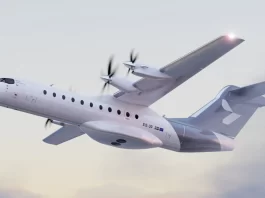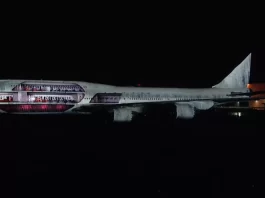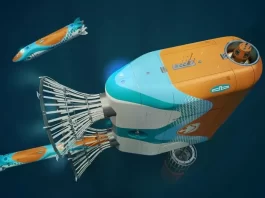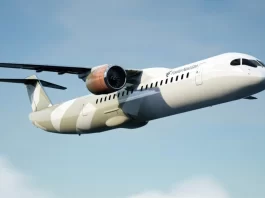At the Russian Samara University, named after the academician S.P. Korolev, a small gas turbine engine is being tested to boost jet-powered drones’ speed and payload capacity.
The MGTD-22 “Kolibri” (Humminbird) is a new small-sized gas turbine engine designed to be installed on ultra-light unmanned aerial vehicles. These aircraft are innovative vehicles that can be used for autonomous or remotely manned missions.
According to Ivan Zubrilin, the director of the Engineering Centre at Samara University, the university has constructed and fully assembled the engine.
The engine is equipped with an experimental prototype of the integrated control system developed at the university. In addition to controlling the fuel supply pump, starter generator, and electric valves, it guarantees that the fuel consumption is at its ideal level across all modes of operation. Communication between the control system and the avionics involves the exchange of control commands and status parameters. Following the opinions of specialists, this ought to make incorporating the MGTE into the aircraft substantially cheaper.
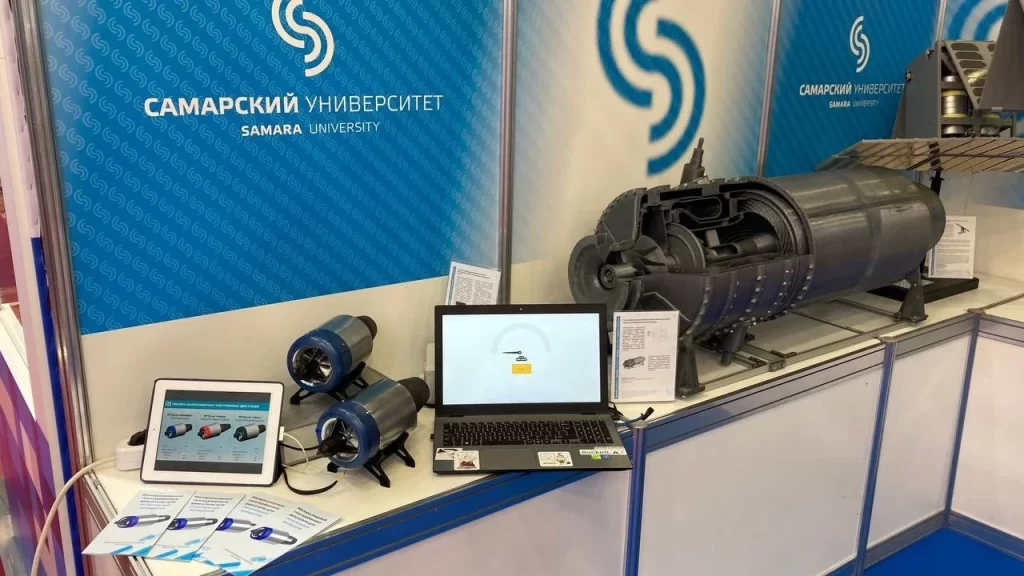
It is required to conduct experiments to verify the calculated characteristics of the engine in a variety of different operating situations during the time of testing that lasts for three months.
Compared to piston engines of the same size, the gas turbine engine “Hummingbird” has a high thrust-to-weight ratio, one of its most notable characteristics. Following the calculations made by scientists, it is anticipated that a small drone that is fitted with the “Hummingbird” engine and has a total takeoff weight of 45 kilogrammes will be able to attain a maximum speed of 800 kilometres per hour while flying at a maximum height of 9 kilometres.
The fact that the tiny engine runs on kerosene, the conventional fuel used in aviation, is another advantage of the engine. Additionally, compared to the standard lithium-polymer batteries used in drones, it possesses a high energy density.
Piloted jet gliders, cargo unmanned aerial vehicles (UAVs) for ultra-fast cargo delivery, and equipment that does not have a landing platform are all possible applications for the “Hummingbird” system. Fire tests are being performed on the device.
The engineers aim to develop a comprehensive family of gas turbine engines with varied power levels. Devices such as the MGTD-40 “Chaika” with a thrust of 400 N (40.8 kgf) and a mass of 4 kg, as well as the MGTD-100 “Eagle” with a thrust of 1 thousand H (102 kgf) and a mass of 13 kilograms, will be included in this category.
These engines will make it possible to realise new projects in the future, such as a high-speed freight drone that is capable of vertical takeoff and landing in any kind of weather and terrain.

